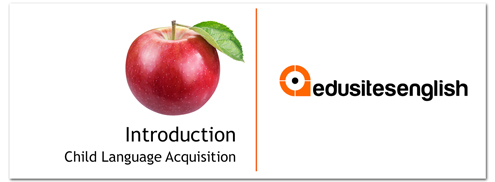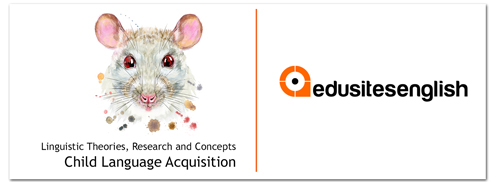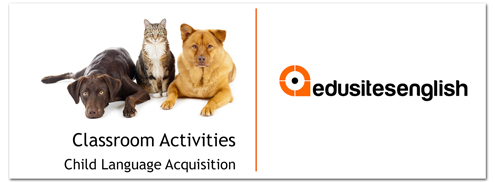- Resources and Blogs for NEA
- Resources and Blogs for Child Language Aquisition
- Resources for A Level Essay Writing Skills
- Resources for Context
It’s NEA Time! Investigation Basics
Thinking about getting your year 13s started on Investigations? If so, don’t worry – we’ve got you covered. There’s a great guide here on Edusites, written with the AQA specification’s NEA in mind, but it should help you out too if you’re an Eduqas or OCR English Language teacher. The guide has been tweaked to make sure it fits the requirements of the current specification and has an example of a nice approachable music-themed project that you could easily show to a class and work through with them, to help them get their heads around what an investigation is. That’s usually the first sticking point – they don’t know what we mean by an investigation, and if it’s your first time through with Language, you may not be too sure yourself! Read the rest of this blog here
Investigation booklets
- English Language NEA Investigation Part 1
- English Language NEA Investigation Part 1 New! PDF
- English Language NEA Investigation Part 2
- English Language NEA Investigation Part 2 New! PDF
Child Language Acquisition
Many of you will be looking to cover the topic of Child Language Acquisition (CLA) with year 13 now, perhaps with an eye to providing it as a possible Investigation topic.
Introducing CLA
Our CLA Introduction is a 24 page printable booklet which contains a comprehensive guide to the topic, covering key concepts in a range of frameworks and the central theories in some detail.
This guide is most useful for your own information as to the scope of what to cover. What I particularly like about the comprehensive guide is that it provides some tips on gaining material to use in the classroom (including how useful the Teletubbies can be!). One update to add to this is the TV programmes ‘The Secret Lives of 4 (and 5 and 6) Year Olds’ have been fantastic for child language data – both for classroom viewing and for some NEAs.
I also very much appreciate that the guide covers reading and writing as well as speech. Please don’t be alarmed that speech is covered in much more depth: there simply is more to learn about spoken acquisition in terms of theory and concepts. Reading in fact is no longer on the spec as such, but the students who learn about it understand children’s writing much more effectively and can make far more intelligent comments about it, so it is worth doing. Also, conducting a ‘memories’ starter on how they learned to read (Biff, Chip and Kipper, anyone?) is a real joy!
Theories used for CLA
Edusites English 12 page printable guide focuses on Linguistics theories, Research and Concepts written for teachers and students, this guide is a handy A5 aide memoire which does not skimp on detail.
- Child Language Acquisition Theories New! PDF
CLA Classroom Activities
A task I’ve found really helpful when talking about spelling strategies with students is to give them a spelling test of difficult words. If your school uses a levelling test with younger students, give them the latter half, otherwise just pick tough words with choices to be made (e.g. pusillanimous, belligerent…). Ask them to divide their paper into two columns and use the right-hand column to record their thoughts about each word (e.g. double l? ‘ent’ or ‘ant’?, other words it reminds them of etc) This can then lead into a discussion about spelling strategies and knowledge about words that people use to make spelling decisions.
For more quick classroom tasks for CLA, check out our set of starters for CLA lessons. PDF Booklets Coming Soon!
- Suggested classroom activites for CLA New! PDF
In terms of exam question, the new AQA exam is like a combination of the old A and B specs: it provides a transcript (like the B spec) with a question directing students to a particular theoretical position or framework to discuss (like the A spec essay question). Students are asked to use both the data and their own knowledge. For the level of detail to analyse at and how to apply frameworks and theory to transcripts, there is a useful guide on Englishedu already and a helpful list of prompts to apply to a transcript – with the caveat that this should now be applied through the lens of the question steer, so not all will always be relevant.
Here’s to joyful explorations in the world of Child Language – may your example collections be varied and interesting!


